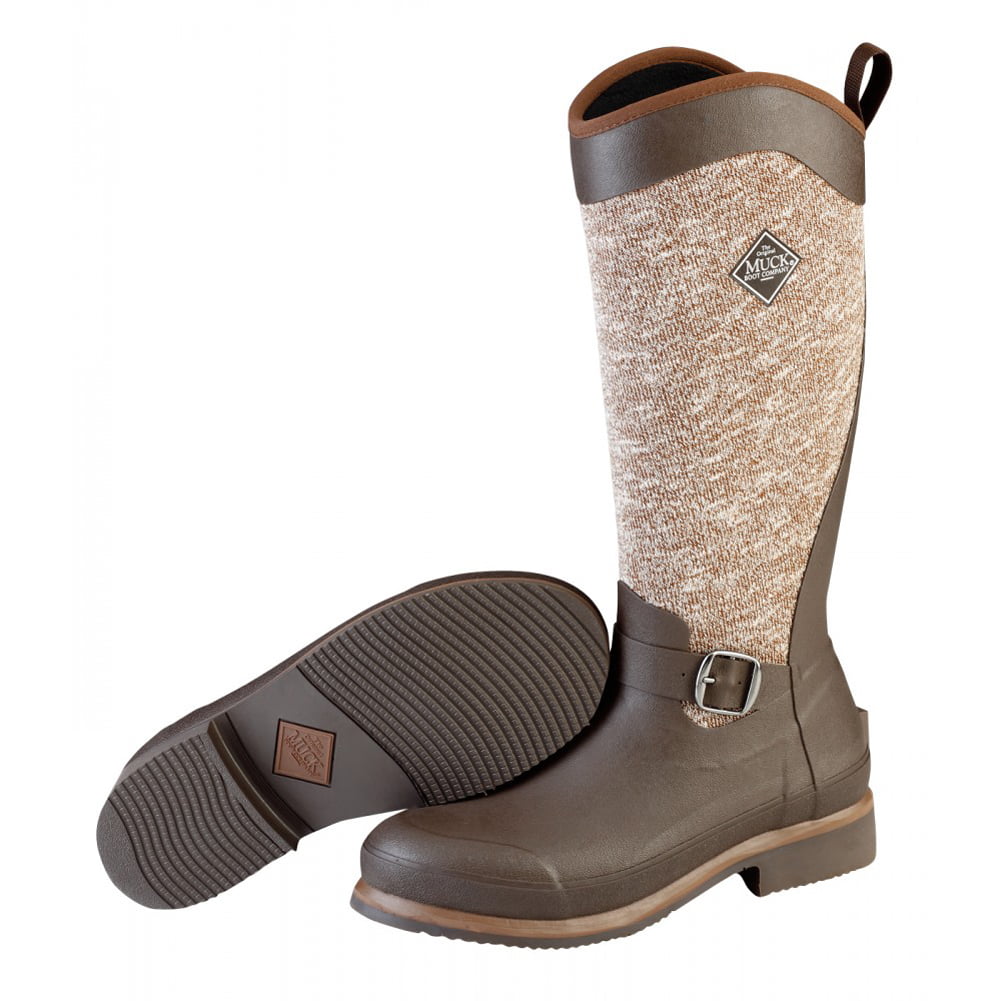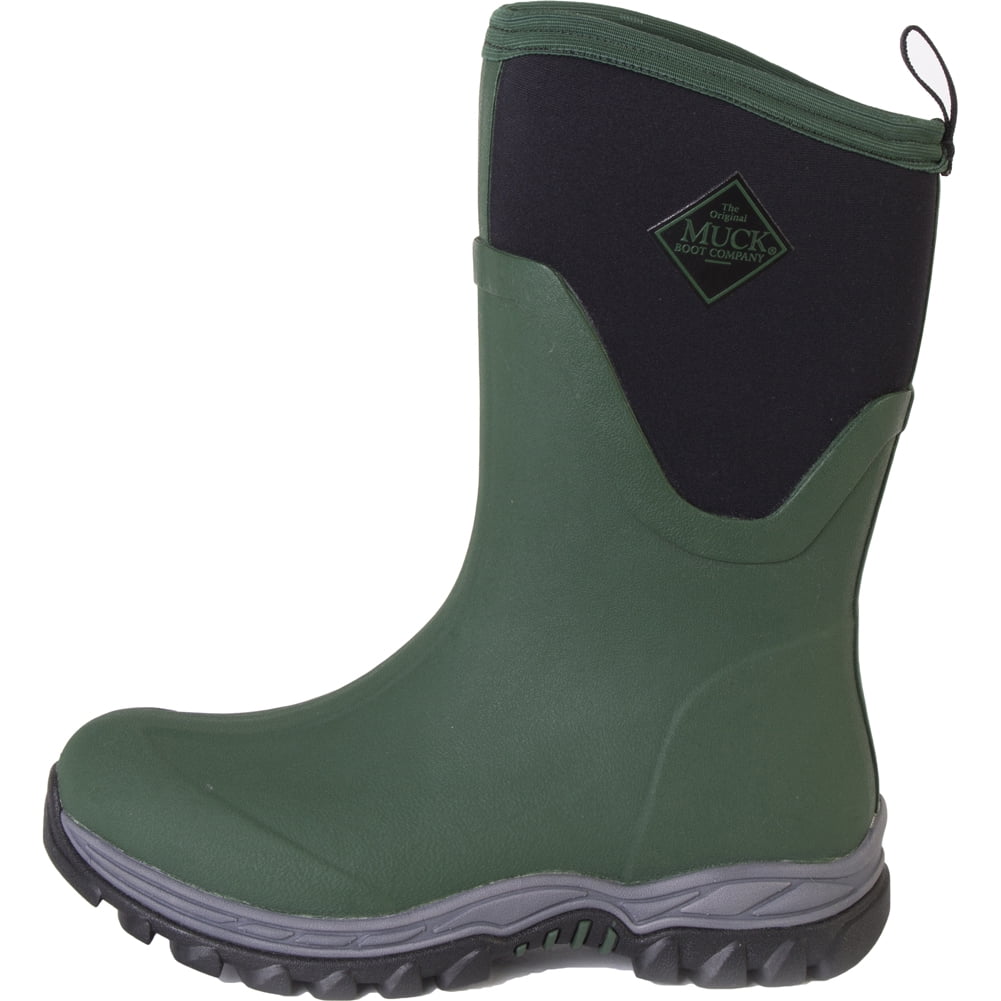
It may not allow water vapor to escape a boot, but there are few materials better for keeping the elements out. Rubber has been used to waterproof boots for years. Materials such as Gore-Tex and other membrane fabrics allow water vapor from inside of your boot to escape, but won’t allow liquids to get in. The same goes for keeping water out: if your boots aren’t waterproof or at least water-resistant, water from puddles, slush, and melting snow will get into the boot, lowering the temperature inside of it, making you feel uncomfortable. If your boots aren’t able to get rid of the moisture inside of your boot, such as sweat, the boot’s insulation will become damp and, in some cases won’t be able to keep you as warm as it would if it was dry. When used to line a boot, it will help you to retain your body heat and keep your feet warm.īreathability and waterproofing play just as important a role in keeping your feet warm as a boot’s temperature range does. Natural Insulation: Natural insulative materials such as felt, shearling (the tanned hide wool of a yearling sheep), and wool (the fibrous layer of hair shorn from a sheep) work in much the same manner as synthetic insulators do. The insulation, made up of artificial fibers, creates an insulative layer, designed to trap your body heat inside of the boot. No matter the kind of synthetic insulation in your boots, most work in fundamentally the same manner. However, they're all designed to do the same job: keeping your feet warm. Others, such as Primaloft, Optiwarm, Heatseeker, and Zylet, not to mention the proprietary insulation used by outdoor brands like Keen and Columbia, might not be known as well. Synthetic Insulation: some synthetic insulations, like 3M’s Thinsulate, are practically household words. A large part of this is due to the fact that there are so many different types of boot insulation materials out there: You should know that there’s no oversight for measuring the temperature rating of boots: every manufacturer uses their own means of testing temperature range. If they’re not warm enough, your feet will, not surprisingly, be cold. This can lead to them feeling cold and getting blisters. If the boots you wear are too warm, your feet will sweat. You’ll want to match the temperature range of the boots you pick with how cold it gets where you live. What You Should Know About Buying Winter BootsĪ great pair of insulated boots should be versatile, capable of helping you track through deep snow on a hike through the backwoods, or of keeping your feet warm as you walk your dog around the sidewalks of your neighborhood. However, wearing them while driving a car or climbing a ton of stairs can be a heavy drag. They’re fine for tasks like walking and shoveling. You should know that, like our Best Overall pick, the 1964 PAC’s bulk keeps them from being the nimblest of boots. Additional sets of boot liners can be purchased online. That said, should your feet get soaked, Sorel makes it easy to get dry and moving again, quickly: The thick felt liners of the 1964 PAC can be removed and swapped out for a dry set. So, they might offer adequate protection from stepping in an occasional shallow puddle, but the longer you wear these boots in snow or slush, the greater the possibility that your feet will get wet.

Sadly, they aren't waterproof: the 1964 PAC begin to leak just two minutes and 39 seconds into wearing them. And when treading on ice, we these boots provide adequate traction.

These boots keep a lot of heat during wear, ensuring that your toes will stay warm as you dare the winter chill on the way to work. With their tall, 9.25-inch shaft, vulcanized rubber lower, and a fur cuff designed to keep snow from getting into the top of the boot, the Sorel Caribou 1964 PAC are a wintertime classic.


 0 kommentar(er)
0 kommentar(er)
